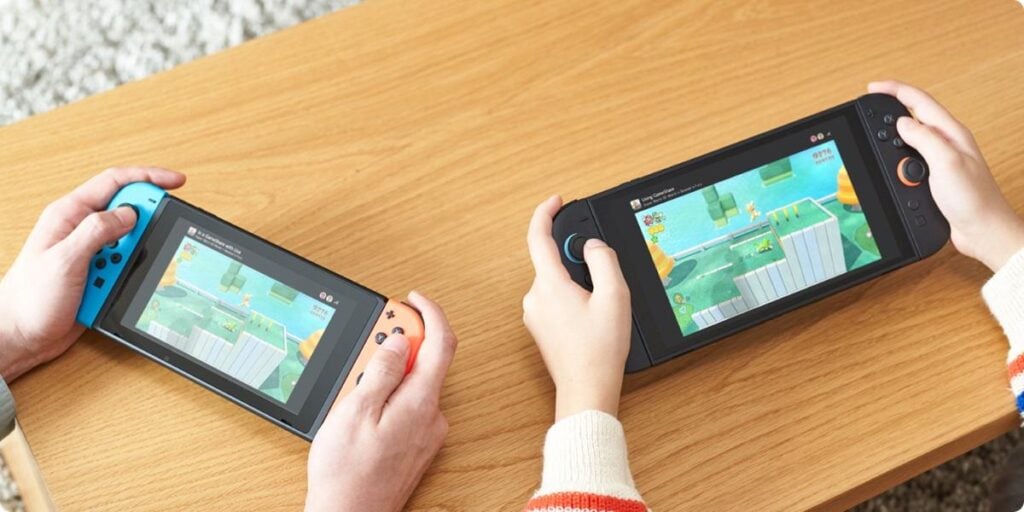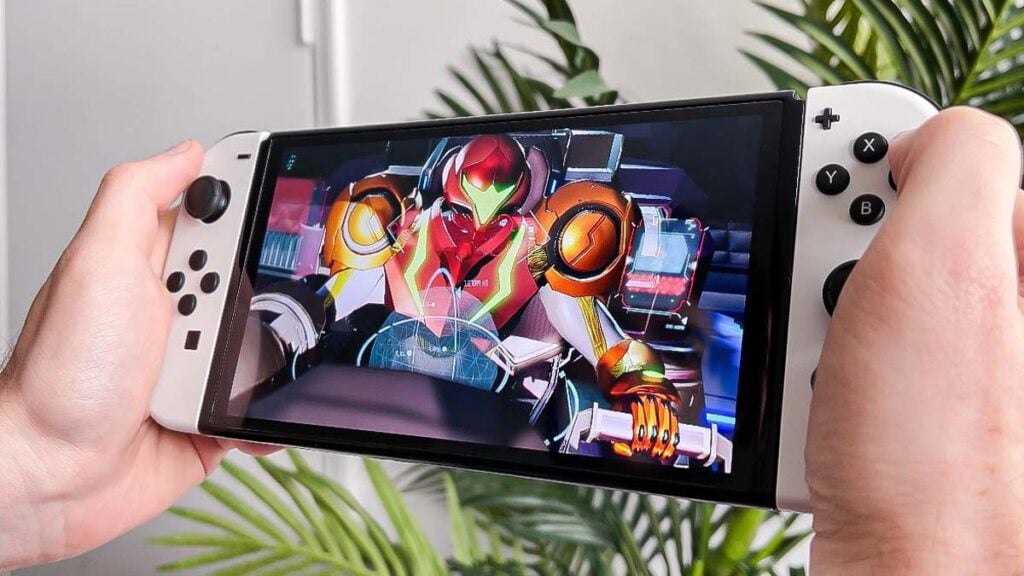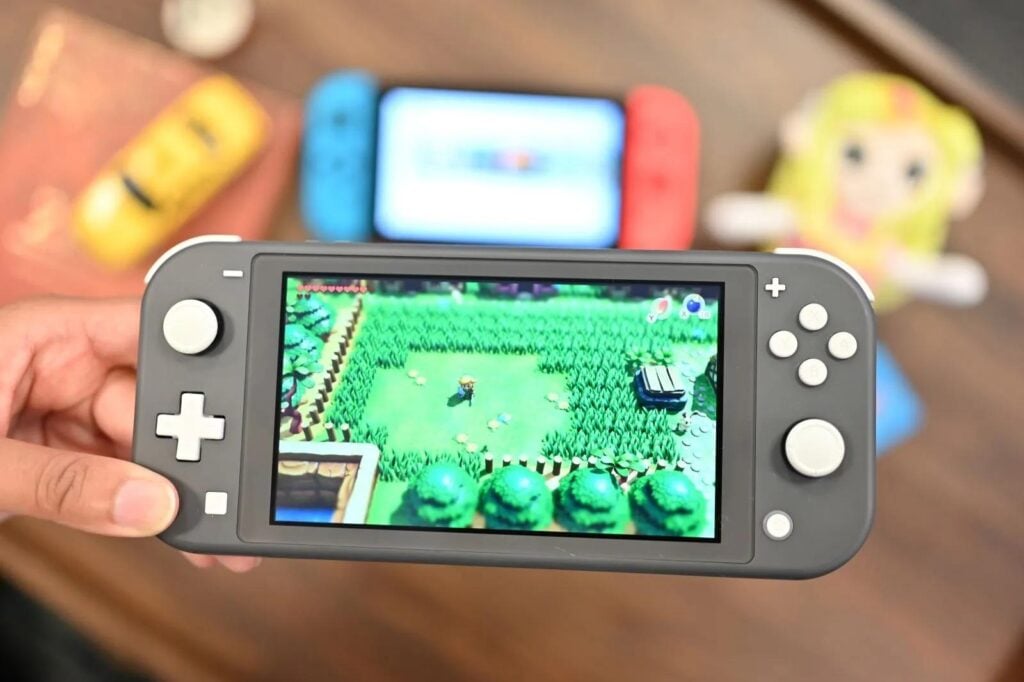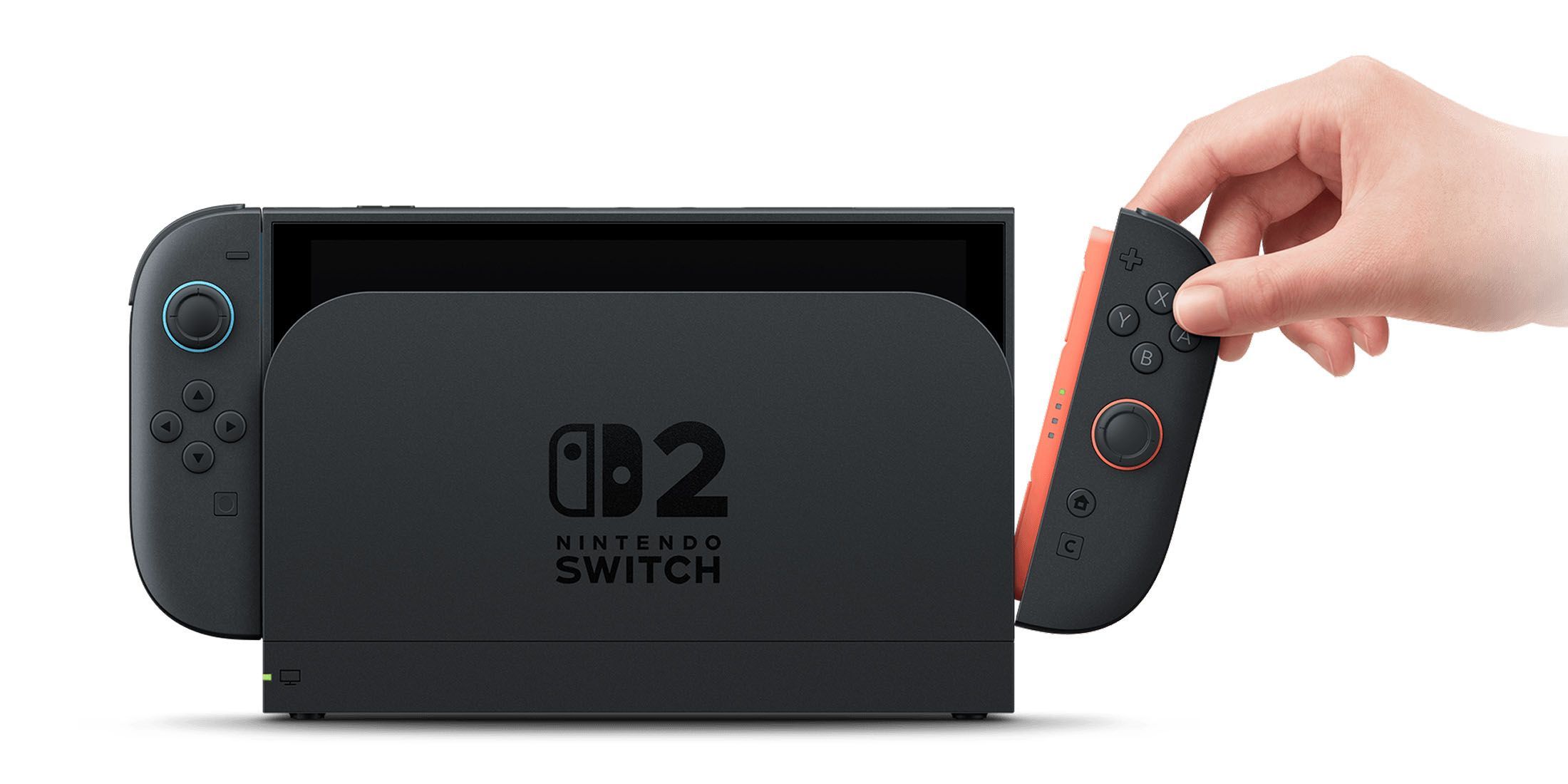It’s been a whirlwind in our group chat lately. The big news? The Nintendo Switch 2 is finally in our hands, and now everyone wants to know: how do we stretch our game library as far as possible without draining our wallets dry? That’s where the magic of gamesharing comes in. For us, and probably you too, there’s something unmistakably joyful about sharing new games with family, roommates, or that one friend who’s always a bit late to the party (you know who you are). But is gamesharing still the clever, budget-saving trick we remember from the original Switch days, or has something changed with the next-gen upgrade? Let’s jump in and find out if the Nintendo Switch 2 gameshare guide is the key to playing more for less, and, most importantly, doing it safely.

Nintendo Switch 2 Gameshare Guide
Before you even scroll to the step-by-step bits, let’s get everyone on the same page; what is gamesharing, and why are more people searching for “how to gameshare on Switch 2” than ever before?
1. Introduction: Why Gamesharing on Switch 2 Matters
For so many of us, digital gaming has quickly replaced physical cartridges stacked on the coffee table. Sharing digital games on a single account means our siblings can play Mario Kart 9 when we’re not at home, or friends can try the latest Zelda without buying another copy. That’s a big deal in today’s economy, and honestly, it just feels great to share.
But there’s often a little nervousness. Is gamesharing actually allowed on the Switch 2, or are we tempting fate with Nintendo’s policy ninjas? The good news: gamesharing is supported, if you play by Nintendo’s official account system rules. There are key differences from the first Switch. Nintendo Switch 2 introduces GameShare, a live sharing system distinct from the old primary/secondary console setup. There’s also a new Virtual Game Card feature, allowing offline game access for a limited time. These changes improve clarity and control, but may be unfamiliar to legacy users.
2. What is Gamesharing and How Does It Work?
On Nintendo Switch 2, GameShare refers to temporarily granting another console access to your game via a live GameChat session. This Nintendo Switch 2 GameShare guide explains that this is not the same as sharing digital licenses through account login or a primary/secondary system; those methods no longer apply to GameShare.

We know what you might be wondering: “Is this actually OK with Nintendo, or are we at risk of bans?” Nintendo’s official stance is fairly reasonable; as long as you’re not sharing accounts with strangers or selling access, you’re operating within the rules. Sharing games with family or a trusted friend is fair game (pun intended). You don’t need to share your password or Nintendo Account at all with GameShare or Virtual Game Cards. Sharing access is now session-based or device-limited, and progress is kept per user, making things far safer and simpler than the old login-based method.
So, “Does gamesharing break Nintendo’s rules?” Not if you stick to personal use and keep it among people you trust. “Is it safe?” Yes, because GameShare doesn’t require account logins or password sharing at all. Just start a session, invite a guest, and you stay in control.
3. Step-by-Step: How to Gameshare on Nintendo Switch 2
All right, let’s get into the nitty gritty with this Nintendo Switch 2 GameShare guide; an easy-to-follow walkthrough, because we genuinely want your shared library to work as smoothly for you as it does for us.
Step 1: Choose Your Primary Console
One Switch 2 system (usually the one you play on the most) is set as your account’s “Primary Console.”
- On this system, anyone can play your digital games, even on other accounts, regardless of whether you’re signed in.
Step 2: Log in With Your Nintendo Account on the Secondary Console
On the second console (roommate’s, sibling’s, etc.), log in with your Nintendo Account but set it up as a non-primary console.
- Only your profile can access your digital games on this device.
Step 3: Download Purchased Games
Your purchased games can be downloaded onto both systems.
- Make sure you’re connected to the internet to validate game licenses on the non-primary console.

Step 4: Playing Online or Offline
The primary console can play downloaded games online or offline, locally or via the internet. On the secondary, you need to be online most of the time; otherwise, you might get booted out.
Question woven in: Can two people play the same game at the same time?
According to this Nintendo Switch 2 GameShare guide, if one person plays as the account owner on the secondary, and anyone plays on the primary, yes! (But if two people try launching on the same profile from two places, only one can play.)
Question woven in: Can both accounts have their own save files?
Totally. Each user gets their own save data, even when playing the same game on shared libraries.
Question woven in: How do you swap the Primary Console?
In the eShop, simply “De-register” the current primary, then set the new device as primary. (Careful: you can only do this a few times per year, so don’t keep switching.)
4. What Are the Limits and Risks of Gamesharing on Switch 2?
No system is perfect. Every so often, we’ve gotten frantic texts mid-game: “Why did Mario just kick me out?!” The Switch 2 keeps some smart checks in place.
Account Limits:
You can only have one primary console per Nintendo Account. If you log into other systems too frequently, Nintendo may require re-authentication.
Online Requirements:
Secondary consoles (the ones NOT set to primary) need to check in online. Lose your connection, and you’ll eventually be told “unable to play” or asked to confirm your rights.
Simultaneous Play:
With GameShare, the guest plays through a shared session, not via your account. As detailed in this Nintendo Switch 2 GameShare guide, if the host ends the session or loses connection, the guest is immediately kicked out. Shared access does not involve account duplication or dual logins anymore.

Data/Save Conflicts:
Save data can sync via cloud if you have a Nintendo Switch Online, but if both people play offline and then sync later, there may be conflicts. Don’t play the same save file at the same time!
Ban Risks:
We get this a lot: “Can I get banned for GameShare?” No, because it’s built-in. But abusing the system (e.g., running multiple sessions via modified firmware) could still lead to account action.
Offline Play:
Losing the internet? The primary console stays gold, but the secondary will get locked out after a bit.
5. Nintendo Switch 2 Gameshare: Tips, Best Practices, and Real User Stories
Through trial, error, and group troubleshooting at 1 AM, we’ve picked up a few golden tips.
Communication Is Everything:
If you share with a sibling, give each other a heads-up before big play sessions to avoid accidental “kick-outs.” One of us learned this the hard way during a co-op boss fight; ouch.
Save Management:
Always back up critical game saves with Nintendo Switch Online’s cloud option. If you’re sharing with kids, encourage them to use their own profile. This tip is a key part of any good Nintendo Switch 2 GameShare guide.
Quote from a friend:
“I’ve been gamesharing with my little brother since the first Switch. We split the cost, coordinate who’s playing what, and we’ve never had major headaches. It honestly keeps us both playing more and fighting less!”
Best Sharing Scenarios:
Siblings, kids, or roommates you trust deeply are the ideal partners. Avoid sharing with casual acquaintances (tempting but risky).
“Are there tricks to avoid issues?”
; Put your account on only two systems, keep your password secret, avoid jumping between devices too often, and always talk out gaming time.
6. Alternatives & Complementary Family Features
If gamesharing feels a tad too complex or risky for your crew, Nintendo’s Family Group and Family Plan options deserve a close look.

Family Group:
Let’s connect up to 8 accounts under one “umbrella,” useful for managing parental settings and some subscriptions.
Nintendo Switch Online Family Plan:
All members get access to classic game libraries and cloud saves, though purchased games are still linked to individual Nintendo Accounts, not shared automatically across users.
“Is the Family Plan a better deal?”
It depends. If you want retro games and Switch Online perks for everyone, yes. But for digital purchases, gamesharing offers wider sharing if you trust your co-players. This is a key point covered in the Nintendo Switch 2 GameShare guide.
Gamesharing vs. Family Plan:
Gamesharing: share full games between two systems/accounts.
Family Plan: everyone gets online features, but not your full game library, unless you also gameshare.
Best practice? Many families use both for ultimate flexibility.
7. Troubleshooting Common Gameshare Problems
We know; no matter how carefully you follow the rules, things sometimes go a bit sideways.
Signs Your Game Isn’t Working:
Maybe you’re locked out, or a download vanishes after a system update. Often, it’s a license check or internet hiccup. Try re-authenticating online, checking your primary status, or power cycling your Switch 2.
“Unable to Play” Error?
Make sure your secondary Switch 2 has internet, and check you’re using the right account. If the issue persists, go to Nintendo’s support site for account troubleshooting.
Missing Save Data?
Check which profile you used. If the saves are on the cloud, re-download them. Local saves are only on the device that created them unless uploaded.
Lost Your Library?
Don’t panic! Log in to your account on the Nintendo eShop and verify purchases. Still missing? Nintendo Support is surprisingly helpful (and patient).
8. In the End: Is Gamesharing Right for You on Nintendo Switch 2?
In the end, gamesharing on Nintendo Switch 2 is a fantastic way to double up on fun and halve those game bills, but ONLY if you share with trusted family or friends. It does demand a touch of setup and occasional teamwork (“Who’s taking the primary for the weekend?”), But for most, the savings and convenience are well worth it. Is gamesharing worth it? If you want to stretch your gaming budget and keep everyone in your household smiling, absolutely! This is one of the key takeaways from the Nintendo Switch 2 GameShare guide. Just remember: rules may change, so check for system updates and new features regularly; it’s Nintendo, after all, and surprises (good or bad) are part of the package. Happy sharing, and may your Joy-Cons (finally) drift no more!
Read the on-demand Gaming Guides via Gamerative.
FAQs
1. Does gamesharing work for third-party digital games and indie titles too?
Yes, almost all digital purchases, whether from Nintendo or third-party developers, can be shared across primary/secondary consoles, unless the publisher specifically blocks it (a rare case).
2. Can I gameshare DLC or season passes as well as base games?
DLC and add-ons usually follow the same rules as main games. As long as the content is downloaded from the original purchaser’s account, it can be accessed on the primary console by all users. On the secondary, only the purchase account can access it.
3. What happens if I factory reset one of the consoles involved in gamesharing?
Factory resetting a primary or secondary Switch 2 will remove game licenses from that device until you log into your Nintendo Account again and re-download games. Always double-check which device is set as primary before resetting!
4. Can gamesharing interfere with achievements or other in-game progression systems?
Typically, achievements and in-game progress tie to your personal Nintendo Account profile, not the console itself. As long as you play on your profile, you’ll keep earning achievements as normal; just be careful to use your own save slot if sharing!




